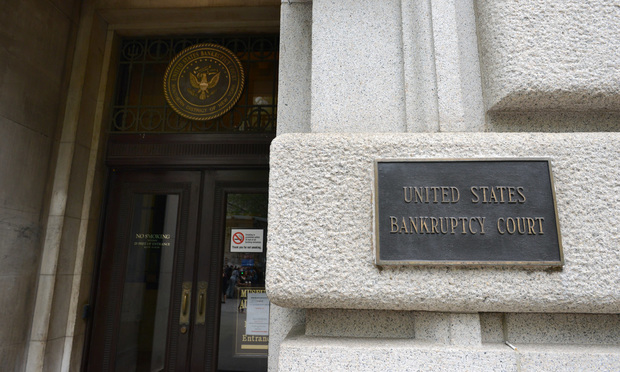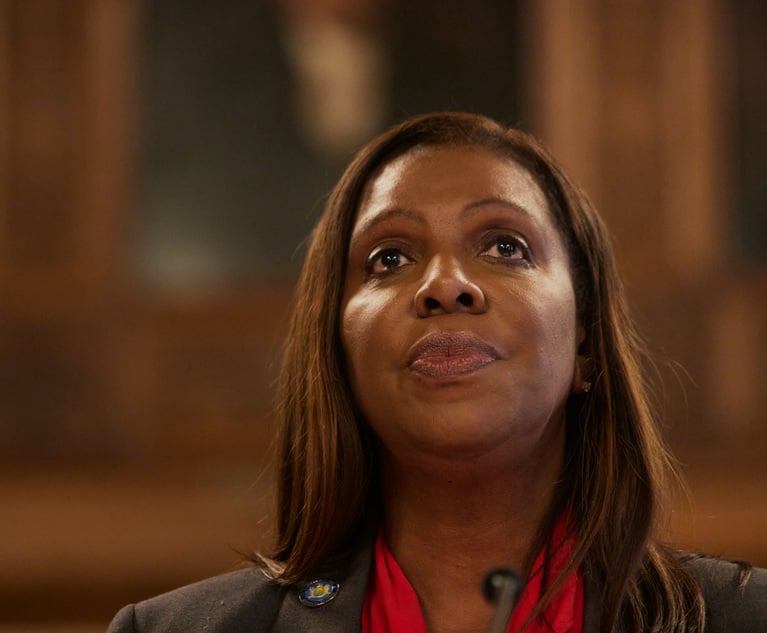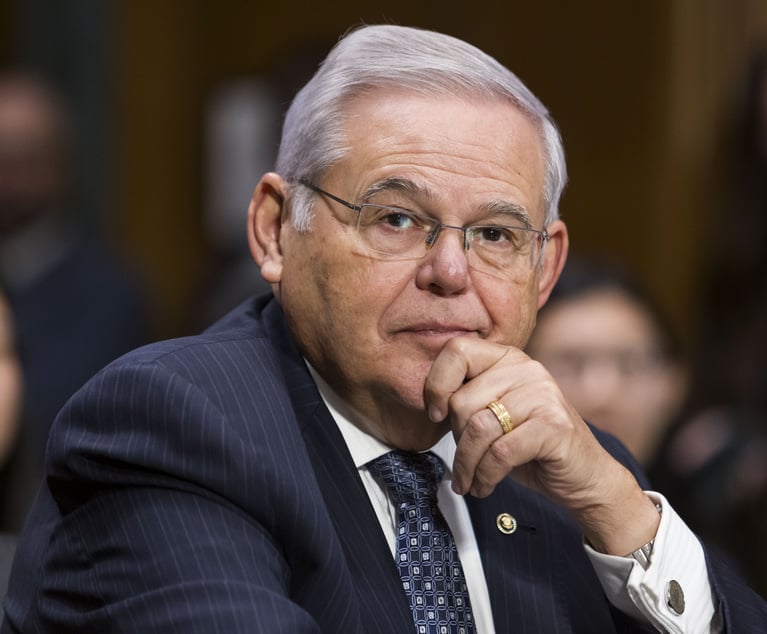In the trading world for bankruptcy claims, traders often ask their lawyers, “Do I have a binding trade?” This is a critical question on which both risk management and subsequent trading strategy depends. Often, however, the answer is unclear. Unlike markets for distressed bank debt or restructured equity, there is less certainty as to whether a binding claims trade exists at the moment the parties reach agreement on the asset, price and size. Claims trades commonly involve extended negotiations of bespoke terms, involving commercial actors who are not professional traders. As such, determining when a legally binding trade exists can be a complex and fact-specific undertaking where expectations that may be valid in other markets do not necessarily apply. The complexity of such analysis is illustrated in a recent decision by U.S. Bankruptcy Judge Michael Wiles in In re Westinghouse Electric Co., 588 B.R. 347 (Bankr. S.D.N.Y. 2018). His decision rejected a contention that two parties had reached a binding agreement to trade and offers valuable lessons for parties who wish to avoid a similar fate.
Claims Trading Market Practice
Trading practices in the claims market differ from practices in related markets, such as the over-the-counter market for syndicated bank debt. Original holders of claims against bankrupt debtors are regular participants in this particular market. Such holders are typically not market professionals and may have no familiarity with trading conventions or practices. Transaction terms are often heavily negotiated. No widely-accepted standardized claims trade documentation exists.


 U.S. Bankruptcy Court for the Southern District of New York
U.S. Bankruptcy Court for the Southern District of New York




